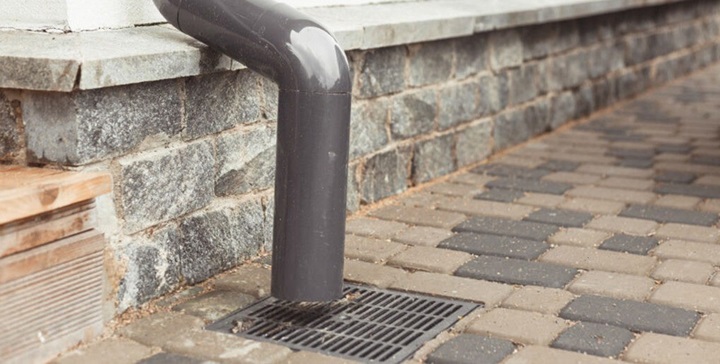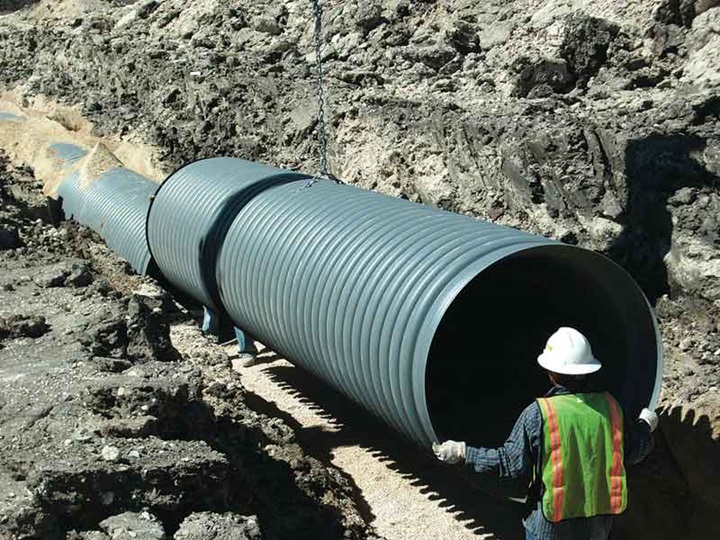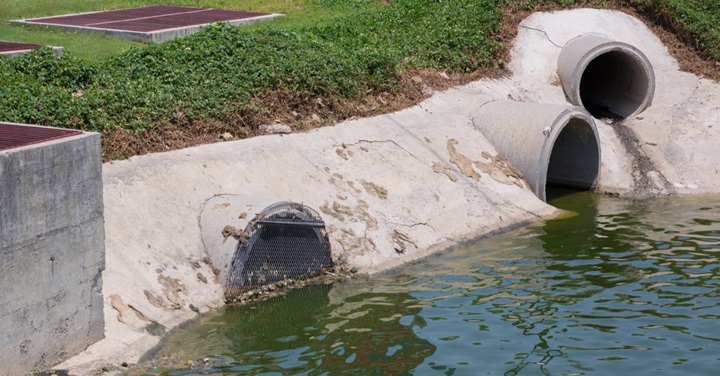Stormwater Fittings: A Comprehensive Guide to Managing Runoff
Urbanization brings with it a significant challenge: managing the rainwater and urban runoff that can lead to flooding, pollution, and ecosystem disruption. As cities expand, natural landscapes are replaced with concrete and asphalt, surfaces that do not absorb water. This transformation results in increased volumes of runoff during rainstorms, overwhelming traditional drainage systems and leading to urban flooding. Moreover, this runoff carries pollutants from roads, pesticides from lawns, and heavy metals from industrial areas into rivers and lakes, threatening water quality and aquatic life.
Erosion is another critical issue, as the force of moving water can wear away soil and infrastructure, causing damage to roads, bridges, and buildings, and leading to loss of fertile land. Additionally, the rapid movement of runoff through urban areas limits groundwater recharge, exacerbating water scarcity issues in many regions.
The challenges of rainwater and urban runoff necessitate innovative solutions and technologies to mitigate their impact. It’s within this context that stormwater fittings gain their significance, serving as essential components in the design of modern, efficient, and sustainable stormwater management systems.
The Critical Role of Stormwater Fittings

Stormwater fittings are indispensable in directing water away from urban areas to prevent flooding, erosion, and water pollution. These fittings ensure that rainwater and runoff are efficiently channeled from streets, roofs, and other surfaces to appropriate disposal or treatment facilities, safeguarding urban environments and water bodies.
In the quest to manage rainwater and urban runoff effectively, stormwater fittings play a pivotal role in guiding water away from built-up areas to prevent flooding, erosion, and water pollution. This article delves into the significance of these fittings, explores various types, and offers practical tips for selection and installation.
Types of Stormwater Fittings
- Pipes and Connectors: Fundamental to any stormwater management system, pipes and connectors facilitate the flow of water from one point to another. Materials range from PVC to high-density polyethylene (HDPE), each offering durability and resistance to environmental stressors.
- Catch Basins and Grates: Positioned at strategic points, these fittings capture runoff, filtering debris before the water enters the drainage system. Their design varies to accommodate different volumes of water and types of debris.
- Downspout Adapters: These fittings connect rooftop downspouts to the ground-level drainage system, ensuring efficient water diversion away from the building foundation.
- Channel Drains: Often installed in driveways and patios, channel drains collect surface water over a wide area, directing it away from structures to prevent water damage.
Selection and Installation Tips

Choosing the right stormwater fittings involves considering the specific requirements of the area, such as the volume of runoff, the type of surfaces involved, and local climate conditions. It’s also crucial to adhere to local regulations and standards to ensure the system’s effectiveness and legality.
Installation of stormwater fittings requires precision and understanding of water flow dynamics. It’s advisable to consult with or hire professionals for installation to guarantee that the system functions as intended, minimizing the risk of future issues.
Innovations and Sustainability in Stormwater Management
The field of stormwater management is evolving, with a growing emphasis on sustainability and innovation. Green infrastructure elements like rain gardens and permeable pavements are becoming integral to stormwater systems, promoting groundwater recharge and reducing runoff.
Moreover, smart stormwater solutions that use sensors and real-time data to optimize the performance of stormwater systems are on the rise. These technologies not only improve water management but also contribute to the resilience of urban areas against climate change impacts.
Your Role in Stormwater Management

Community involvement is critical to the success of stormwater management efforts. Simple actions, such as keeping storm drains clear of debris and reducing impervious surfaces on your property, can significantly impact the efficiency of local stormwater systems.
Looking Ahead
As urban areas continue to expand and climate patterns shift, the importance of effective stormwater management will only increase. Innovations in stormwater fittings and technologies offer hope for more resilient and sustainable urban environments. However, it requires the collective effort of governments, industries, communities, and individuals to realize these benefits.
Conclusion
Stormwater fittings are more than just components of infrastructure; they are vital tools in our ongoing effort to protect properties, ecosystems, and communities from the challenges posed by urban runoff and climate change. By understanding and investing in the right fittings and technologies, we can ensure a safer, healthier environment for future generations.
Whether you’re a homeowner, a professional in the construction industry, or simply someone interested in environmental sustainability, there’s a role for you in stormwater management. Educate yourself about the impact of stormwater, consider sustainable practices in your daily life, and advocate for effective stormwater policies in your community. Together, we can make a difference in managing this essential resource.







